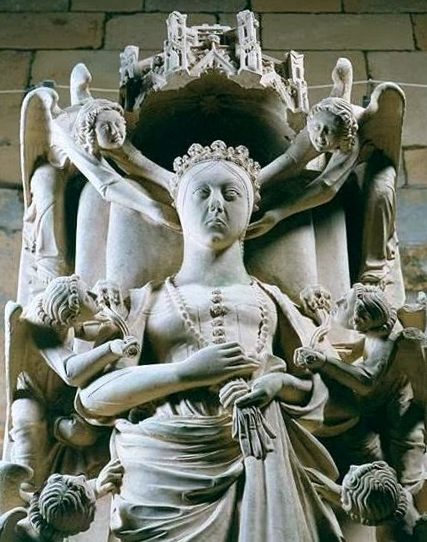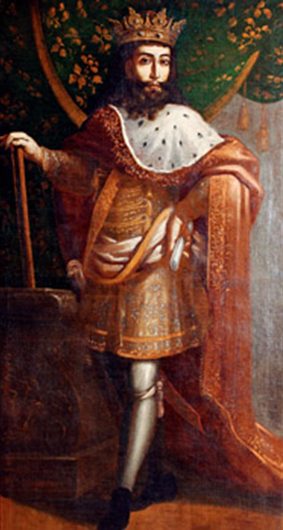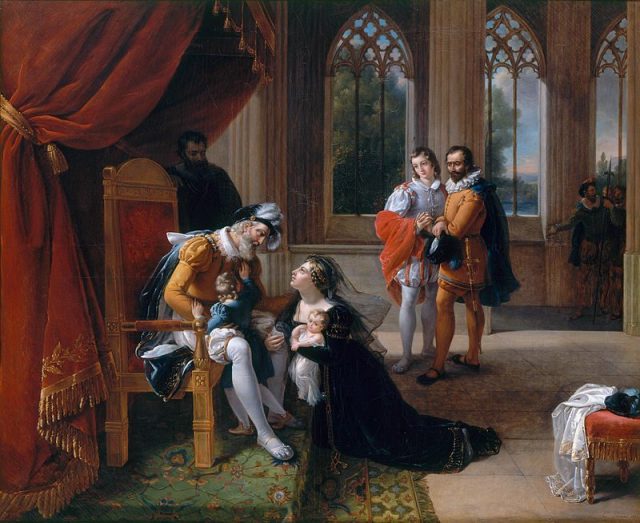Ines de Castro was a 14th-century Castilian lady-in-waiting at the Portuguese court when she and Dom Pedro, the heir to the Portuguese throne, fell deeply in love.
She was the daughter of Pedro Fernandes de Castro, the illegitimate grandchild of King Sancho IV of Castile. At that time Spain and Portugal were often in discord and many disagreements were settled by way of marrying into each other’s aristocracy.
Ines went to Portugal about 1340 with her cousin Constanza, who shortly afterward married the eldest son of King Afonso IV, Pedro.

Young Pedro didn’t love Constanza and even though he was married to her, he fell in love with another woman, his own wife’s lady-in-waiting Ines de Castro.
Ines was a very elegant and beautiful young woman. Her skin was so white that you could see the wine flowing through her throat when she drank it and her eyes were blue as the clear sky.
Pedro fell deeply in love with Ines but his father King Afonso IV massively opposed the relationship and to that end, Ines was banished from the court and sent to live in Exile, in the castle of Albuquerque.
Ines remained there until 1345 when Constanza died during childbirth.

Finally, Pedro was now able to marry the love of his life. His father suggested other princesses to Pedro, but he refused every offer.
Ines returned to the royal court and the lovers became closer than ever, and they went on to have four children: Afonso, Beatriz, Joao, and Dinis.

King Afonso was convinced that their marriage would threaten the fragile relationship between Portugal and Castille, and that a war would erupt between the two kingdoms.
Three of his noble advised him to murder Ines in order to prevent any potential future wars.
On January 7, 1355, when Dom Pedro was away from his home, Alfonso sent three men to take Ines’ life. They found Ines with one of her children and murdered her in front of her own child.
When Don Pedro returned and learned his father was behind Ines’ death he was so furious that he declared war against the King, launching Portugal into a civil war.
King Afonso IV died in 1357 and Pedro ascended to the throne of Portugal. His first orders were to find and bring to him the killers of Ines de Castro and make a snow-white marble sarcophagus of wondrous beauty.
He had exchanged Castilian fugitives that were residing in Portugal for the three nobles that murdered Ines, even though one of them was able to get away.
He executed them by ripping their hearts out, one from the chest and the other from the back while they were still alive. And this was only the beginning.

He exhumed Ines from her grave in the church of Santa Clara and set her up on the throne and then forced the noblemen, the clergy, and the peasants to bow before his dead queen and kiss her hand.
Pedro was noted for applying justice in the most brutal manner, often carrying out the execution himself rather than leaving to servants.
This is how he earned his two titles: Pedro o Justiceiro (Peter the Just) and Pedro o Cruel (Peter the Cruel).
